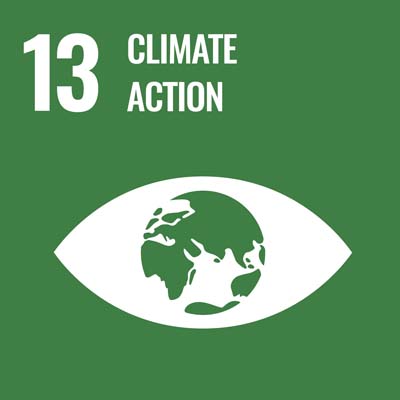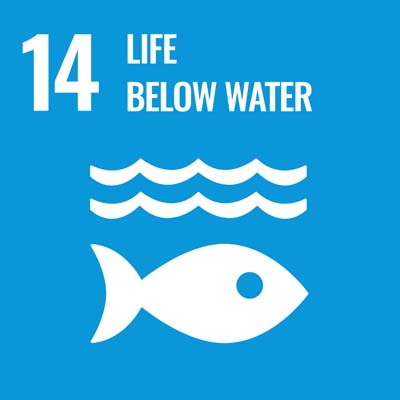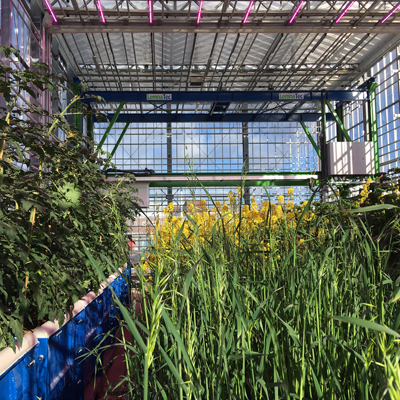- DatesApril 2021-March 2022
- SponsorRoyal Society
- PartnersSmithsonian Tropical Research Institute
Blue carbon is the carbon stored in the world’s coastal and marine ecosystems, including salt marshes, seagrasses and mangroves. These wetland ecosystems capture and store carbon aboveground in plants, and belowground in roots and soil, but there are large uncertainties about how much carbon they can store.
Mangroves are tree-dominated tropical blue carbon sinks that can contain more carbon than terrestrial forests. Like other tropical wetlands, they are under threat from land use and climate change. Most studies focus on Southeast Asian mangroves, but large areas are also found along Caribbean coastlines, and have rarely been studied. In the Caribbean, mangroves cover 10,000km2 but have declined 25% over 25 years, driven by human activity and climate change. Globally, 2% of mangroves are lost each year, accounting for up to 10% of deforestation-associated emissions, despite accounting for less than 1% of land. Schemes for preserving and restoring ecosystems (e.g. REDD+) rely on an accurate understanding of ecosystem services and require a clear baseline.
To address this, we quantify above and belowground carbon storage using a plot network in Panamanian mangroves. We will apply satellite data to scale stocks to the wider region, and measure carbon cycling, quantifying litter inputs, changes in canopy cover and emissions of greenhouse gases (carbon dioxide, methane, and nitrous oxide). These measurements will provide a baseline for understanding mangrove responses to environmental changes in the region, identify new avenues for future research, and inform policy and management decisions.


